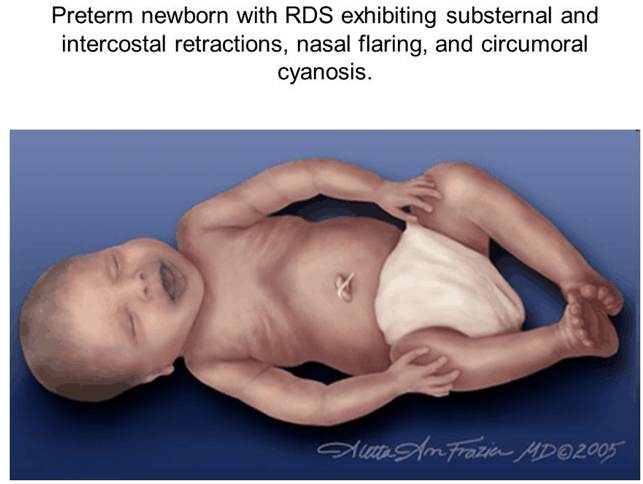The practical nurse (PN) receives shift report for four newborns in the full-term newborn nursery.
Which infant should the PN assess first?
The ten-hour-old with circumoral cyanosis.
The one-day-old with a positive Babinski's reflex
The two-day old with negative Ortolani's sign
The six-hour-old with a large sacral "stork bite"
The Correct Answer is A
Circumoral cyanosis is a bluish discoloration around the mouth that indicates inadequate oxygenation. It is an abnormal finding in a full-term newborn and requires immediate assessment and intervention by the PN.
The other options are not correct because:
- A positive Babinski's reflex is a normal finding in newborns that indicates intact neurological function. It is elicited by stroking the sole of the foot and observing the fanning of the toes.
- A negative Ortolani's sign is a normal finding in newborns that indicates no hip dislocation or dysplasia. It is elicited by abducting the hips and feeling for any clicking or clunking sensation.
- A large sacral "stork bite" is a common benign birthmark that appears as a reddish patch on the lower back or nape of the neck. It usually fades within the first year of life and does not require any treatment.

Nursing Test Bank
Naxlex Comprehensive Predictor Exams
Related Questions
Correct Answer is ["A","C","E"]
Explanation
Choice A rationale:
Obtaining a post-voided residual (PVR) volume is a non-invasive procedure that can be safely delegated to the unlicensed assistive personnel (UAP) to measure the amount of urine left in the bladder after urination.
Choice B rationale:
Teaching the client with fluid restrictions how to measure urine output requires specialized knowledge and is best performed by the practical nurse (PN).
Choice C rationale:
Emptying the bedside drainage unit for a client with an indwelling urinary catheter is a task that can be delegated to the UAP as it involves routine drainage and does not require advanced nursing skills.
Choice D rationale:
Irrigating an indwelling urinary catheter for a client with bladder suspension is a sterile procedure that requires nursing expertise, so it should not be assigned to the unlicensed assistive personnel.
Choice E rationale:
Transporting a urine culture sample to the laboratory is a non-complex task that can be safely delegated to the UAP to ensure timely and efficient delivery.
Correct Answer is B
Explanation
This is the best initial intervention for the PN to implement because it promotes comfort, relaxation, and circulation for the client. A back rub can also reduce anxiety and muscle tension, which can interfere with sleep. The PN should use non-pharmacological methods to facilitate sleep before resorting to medication.
A. Offering the client a prescribed sleep medication is not the best initial intervention because it may have side effects or interactions with other drugs. The PN should assess the client's need for medication and use it as a last resort.
C. Administering an as-needed (PRN) prescription for pain is not the best initial intervention because it may not address the cause of the client's difficulty in sleeping. The PN should assess the client's pain level and use other methods to relieve pain before giving medication.
D. Providing a cup of hot chocolate at bedtime is not the best initial intervention because it may contain caffeine, which can stimulate the central nervous system and keep the client awake. The PN should avoid giving caffeinated beverages to the client before bedtime.
Whether you are a student looking to ace your exams or a practicing nurse seeking to enhance your expertise , our nursing education contents will empower you with the confidence and competence to make a difference in the lives of patients and become a respected leader in the healthcare field.
Visit Naxlex, invest in your future and unlock endless possibilities with our unparalleled nursing education contents today
Report Wrong Answer on the Current Question
Do you disagree with the answer? If yes, what is your expected answer? Explain.
Kindly be descriptive with the issue you are facing.
